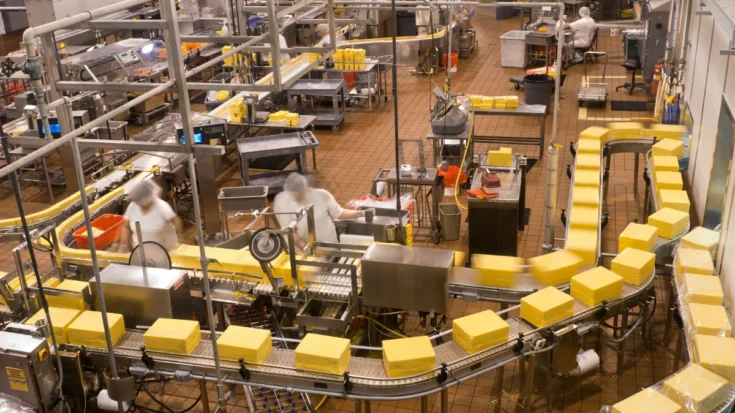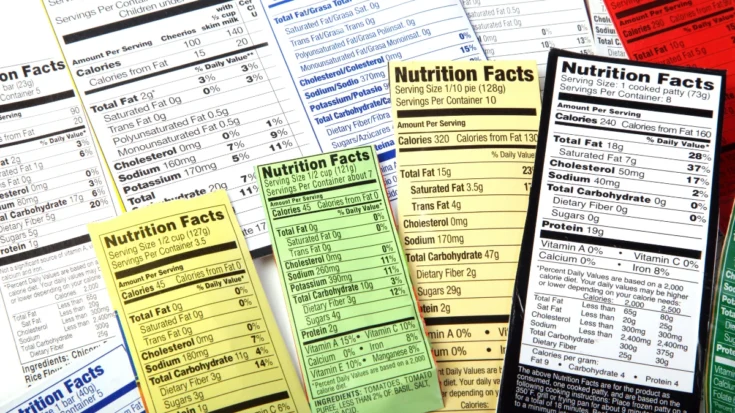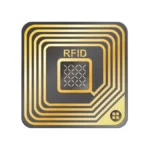Not only applied in the logistics industry and healthcare industry, Radio Frequency Identification (RFID) technology is also applied in the food industry.
RFID in the food industry is utilized in inventory management, improving traceability, and simplifying supply chain processes.
The greatest benefit of RFID technology in the food industry is the speed and efficiency in stock turnover and product tracking through the supply chain, resulting in increased availability of goods on retailer shelves.
Also Read
Not only that, RFID in the food industry can also monitor the storage temperature of food. In this article, we will discuss further the benefits of RFID in the food industry.
Table of Contents
RFID in the Food Industry

The growth of RFID technology in the food industry has had a big impact.
As a new era of the emergence of RFID, here are some of the benefits that have become trends and tools for implementing RFID in the food industry that are important to be of concern to industrial producers in the food sector.
1. Product traceability
With increasing industry regulations, such as the Food Safety Modernization Act (FSMA), the food industry is starting to look for new ways to collect the data it needs.
This is where RFID technology comes in for the food industry to realize corporate compliance, meet requirements set by audit teams, and accurate tracking and traceability to reduce product recalls.
RFID technology allows companies to collect the data they need without having to do it manually.
2. Supply chain management
Inadequate handling and storage practices can lead to spoiled goods and safety risks in the food industry.
Throughout the supply chain, real-time tracking of things using RFID tags ensures they are always properly handled and stored. Each product can be identified using a distinctive RFID tag, making identification easy.
RFID readers are also installed at multiple locations throughout the supply chain, including warehouses and distribution centers, for continuous tracking.
As a result, record-keeping becomes more accurate and effective, and any issues can be identified and resolved quickly. In addition, it enables better forecasting and planning, which improves supply chain effectiveness.
3. Creating Pre-Printed ‘Tags’

For any manufacturing industry, on-demand on-site label printing is a very easy thing to do and only costs a little, making it more effective.
However, this process still requires a considerable amount of time to monitor and manage the printer.
With RFID – with a simple command – companies will be able to get thousands of new ‘tags’, so they can stay focused on more important tasks.
4. Inventory management
RFID tags enable automated inventory management, eliminating the need for manual counting and record-keeping. This saves time and improves efficiency in warehouses and retail stores.
Retail stores can use RFID technology to track products on store shelves, enabling instant notification of low stock levels and automatically updating inventory records.
5. Temperature monitoring
In addition to contributing to the traceability process, RFID technology is now also being utilized to monitor temperature.
Using specialized RFID ‘tags’ equipped with battery-powered sensors, manufacturers collect temperature data from pallets and containers throughout the production process.
If a pallet reaches an unsafe temperature, operators can adjust the expiration date of the product. In addition to monitoring temperature, RFID ‘tags’ can also be used to monitor humidity and pressure.
That is the various kinds of RFID utilization in the food industry that have been applied. Hopefully in the future RFID technology in the food industry will also continue to innovate to further assist medical work.
Make sure the RFID technology in the food industry that you use has been tested and has a certificate from Type Approval Certification Services for ICT Products in your country.<UN>


















